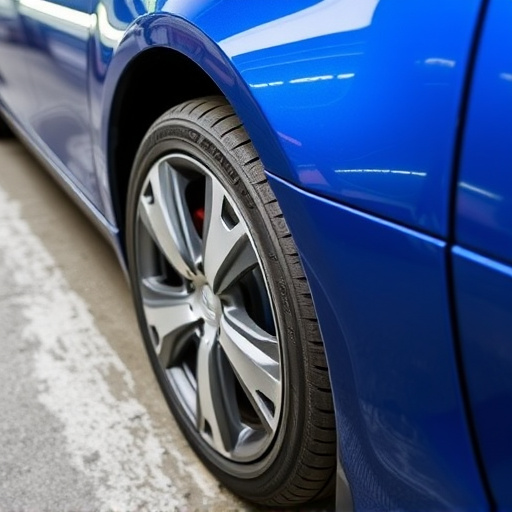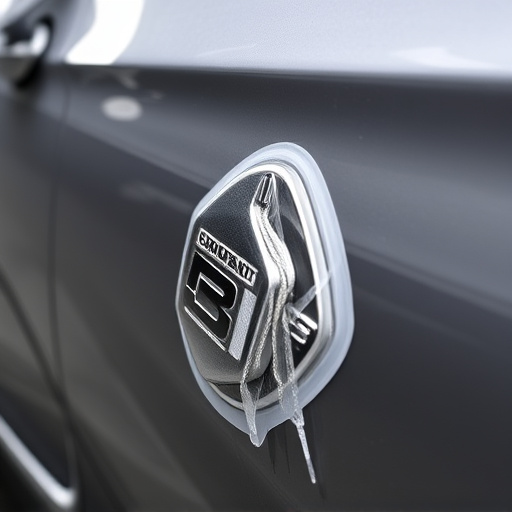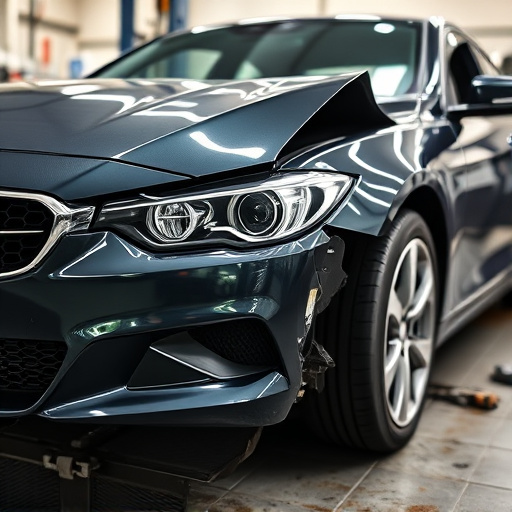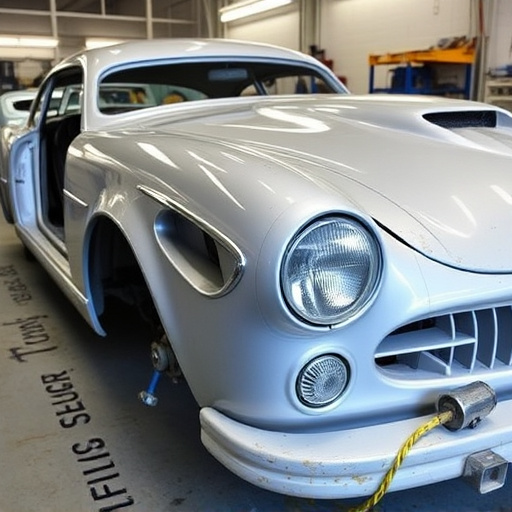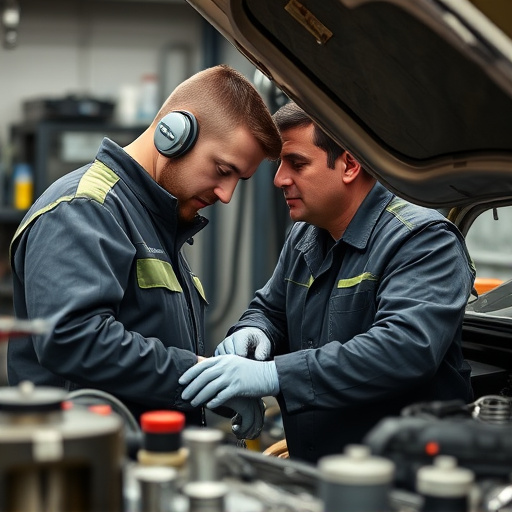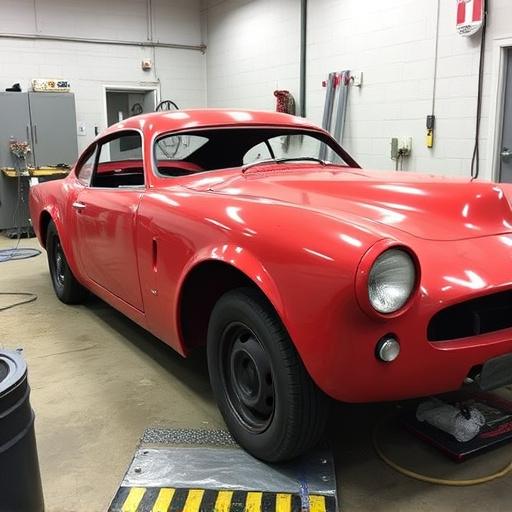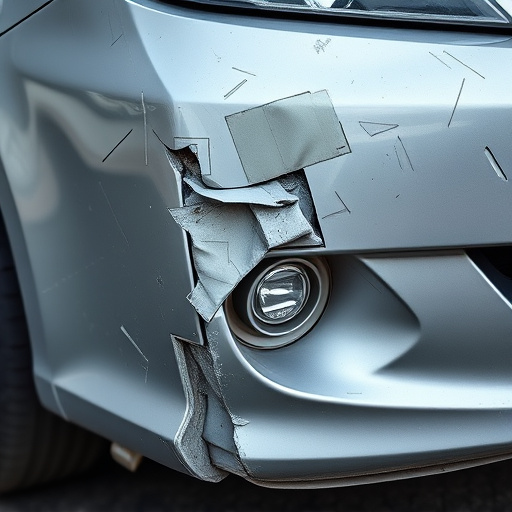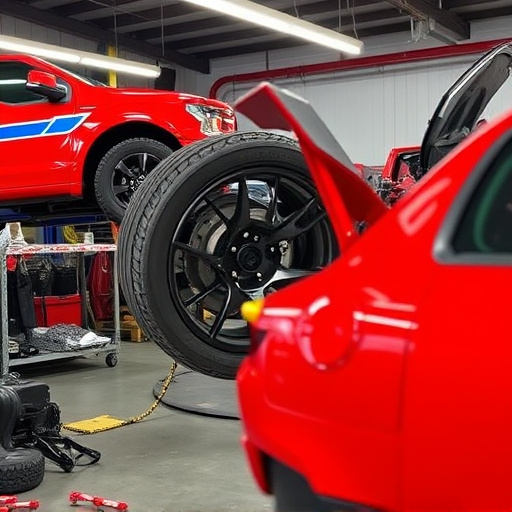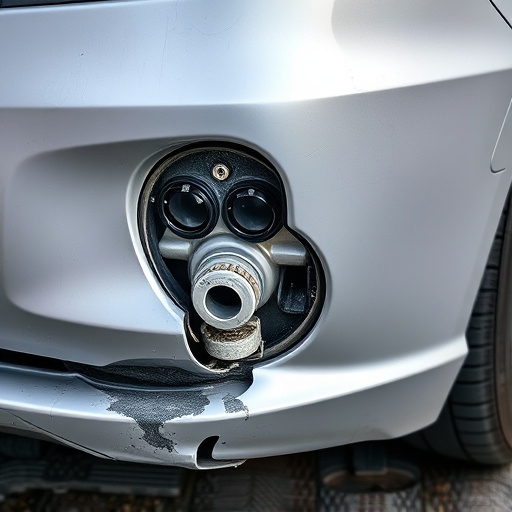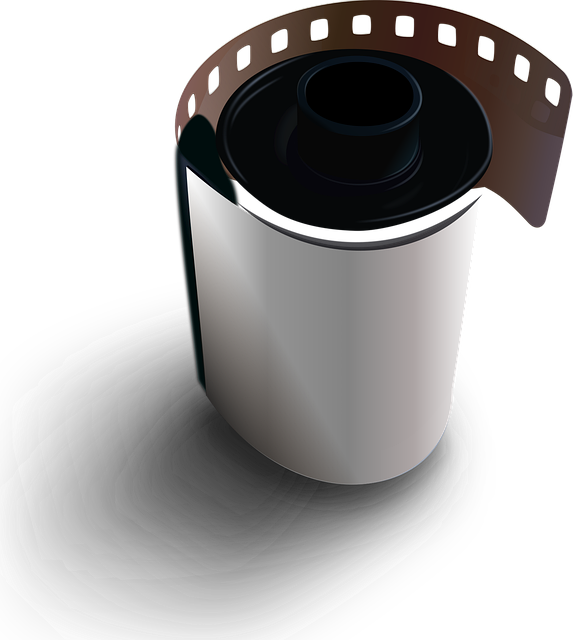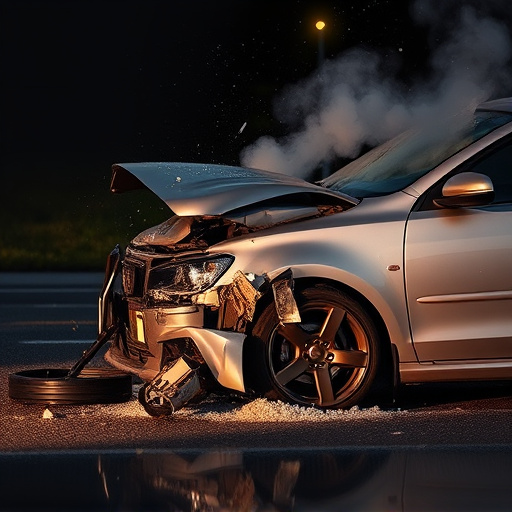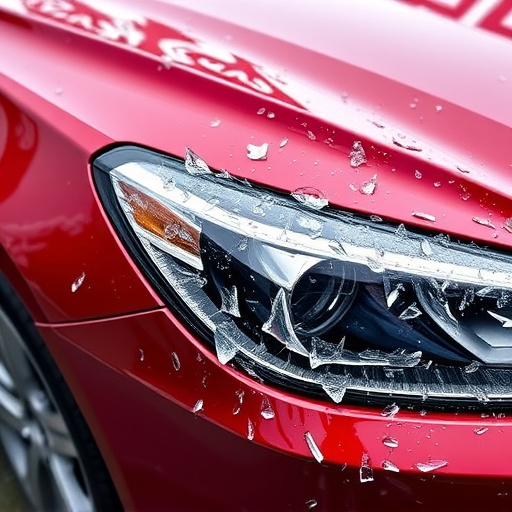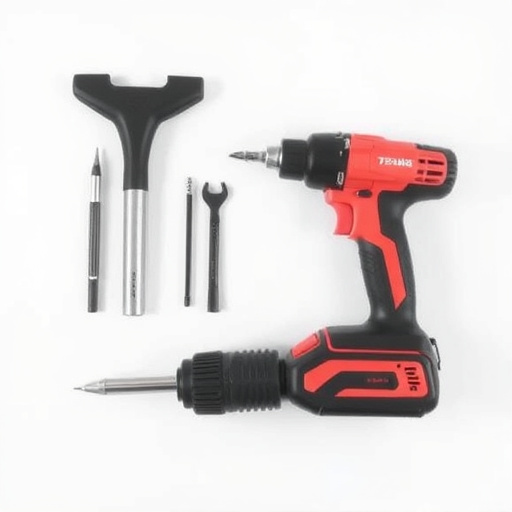Evaluating and preparing a city center auto body shop lease return involves ensuring visibility, accessibility, and high foot traffic for customer attraction. The space should accommodate essential operations and comply with industry standards for infrastructure, ventilation, lighting, and cleanliness. Key steps in lease return preparation include inspection, restoration planning, permit securing, timely repairs, final inspections, and detailed documentation to maximize return on city center space. Streamline workflow and utilize modern tools and technologies to enhance customer experience, safety, waste reduction, and employee comfort.
“Uncover the secrets to successfully preparing your auto body shop for lease return in a city center setting. This comprehensive guide navigates the unique challenges of urban spaces, offering insights on Assessing the Auto Body Shop Space and meeting City Center Requirements. From step-by-step preparation to maximizing efficiency through strategic renovations, learn how to transform your space into a thriving urban auto body hub. Elevate your lease return experience with practical tips tailored for city center auto body shops.”
- Assessing the Auto Body Shop Space: City Center Requirements
- Lease Return Preparation: A Step-by-Step Guide for Auto Shops
- Maximizing Efficiency: Tips for City Center Auto Body Shop Renovations
Assessing the Auto Body Shop Space: City Center Requirements
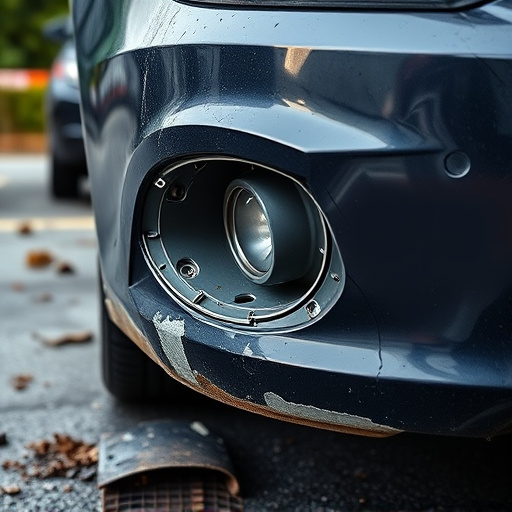
When evaluating a space for an auto body shop city center, several key factors come into play. The location should offer ample visibility and accessibility for customers, with high foot traffic to ensure a steady stream of potential clients. Proximity to other complementary businesses, such as collision repair centers or auto glass repair services, can also enhance the shop’s appeal.
The physical layout of the space is crucial, requiring enough room for various operations like paintless dent repair stations, sandblasting areas, and storage for spare parts. The infrastructure should support heavy equipment and ensure adequate ventilation to meet industry standards, particularly when dealing with volatile chemicals used in painting and finishing processes. Proper lighting and a clean, organized environment are also essential to maintain customer satisfaction and the shop’s reputation.
Lease Return Preparation: A Step-by-Step Guide for Auto Shops
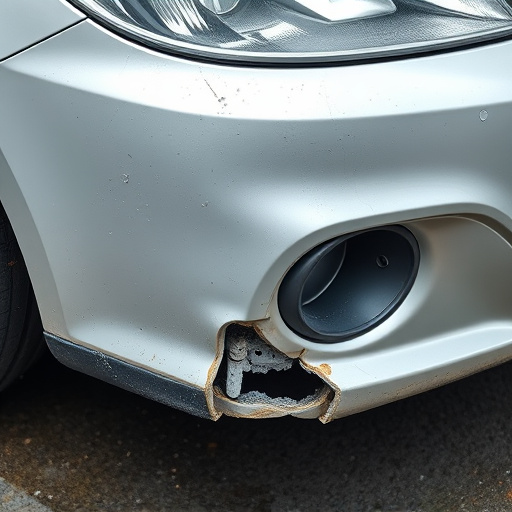
Lease Return Preparation is a meticulous process for auto body shops, especially those operating out of city center locations. To ensure a smooth transition and optimal return on their space, shops must follow a structured approach. Here’s a step-by-step guide tailored to this unique environment:
1. Conduct a Comprehensive Inspection: Begin by meticulously assessing the condition of the facility. Document all existing repairs needed, from minor touch-ups in auto body repairs to extensive renovations for car restoration. This step is crucial for negotiating lease terms and ensuring a fair settlement.
2. Develop a Restoration Plan: Based on the inspection, create a detailed plan outlining the necessary car paint services and other repairs. Prioritize tasks based on urgency and cost. Collaborate with experienced professionals who understand city center regulations to ensure all work adheres to local standards.
3. Secure Necessary Permits: Obtain all required permits for any renovation or repair work. City centers often have specific guidelines regarding noise levels, waste management, and construction activities. By securing these permits beforehand, auto body shops can avoid costly delays and fines.
4. Perform Repairs and Clean-up: Implement the restoration plan, focusing on timely execution. Ensure that all repairs, from auto body repairs to meticulous car paint services, meet high standards. A clean and well-maintained space is essential for a positive impression on potential future tenants or buyers.
5. Final Touches and Documentation: Once repairs are complete, conduct a final inspection. Address any remaining details and ensure the space is ready for its intended use. Document the entire process with before-and-after photos and detailed reports to support any discussions regarding lease return conditions.
Maximizing Efficiency: Tips for City Center Auto Body Shop Renovations
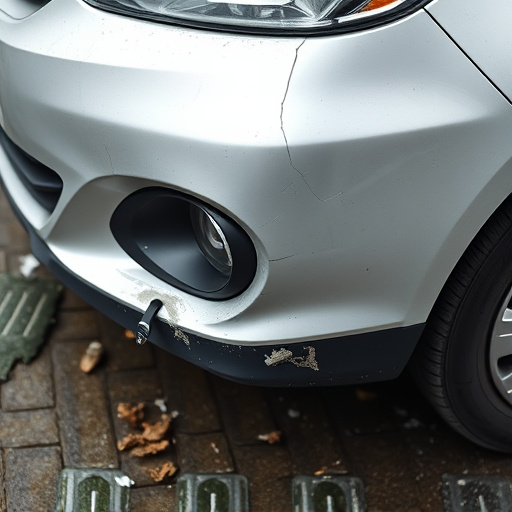
To maximize efficiency during city center auto body shop renovations, focus on streamlining workflows and utilizing space strategically. Prioritize areas that directly impact customer experience, such as the reception zone and waiting area. Ensure a clear and organized layout for estimating, painting, and repair processes to minimize delays. Invest in modern tools and equipment designed for faster, more precise work, like advanced sanders for efficient paint preparation and high-tech spray booths for consistent color application.
Remember that an updated shop doesn’t just enhance aesthetics; it also contributes to better safety measures, reduced waste, and improved employee comfort. Incorporate features like adequate lighting, ergonomic workstations, and effective extraction systems for a healthier work environment. Additionally, leverage digital technologies for seamless communication with clients, efficient inventory management, and accurate record-keeping of vehicle repair services, including car dent removal and fender repair.
When preparing your auto body shop for lease return in a city center, meticulous planning and efficient renovation strategies are key. By thoroughly assessing the space, adhering to specific city center requirements, and implementing effective preparation methods, you can ensure a smooth transition process. Maximize your shop’s potential through thoughtful renovations that cater to urban environments, ultimately enhancing its appeal to future tenants. Remember, successful lease return for an auto body shop in a bustling city center is achievable with the right approach.
